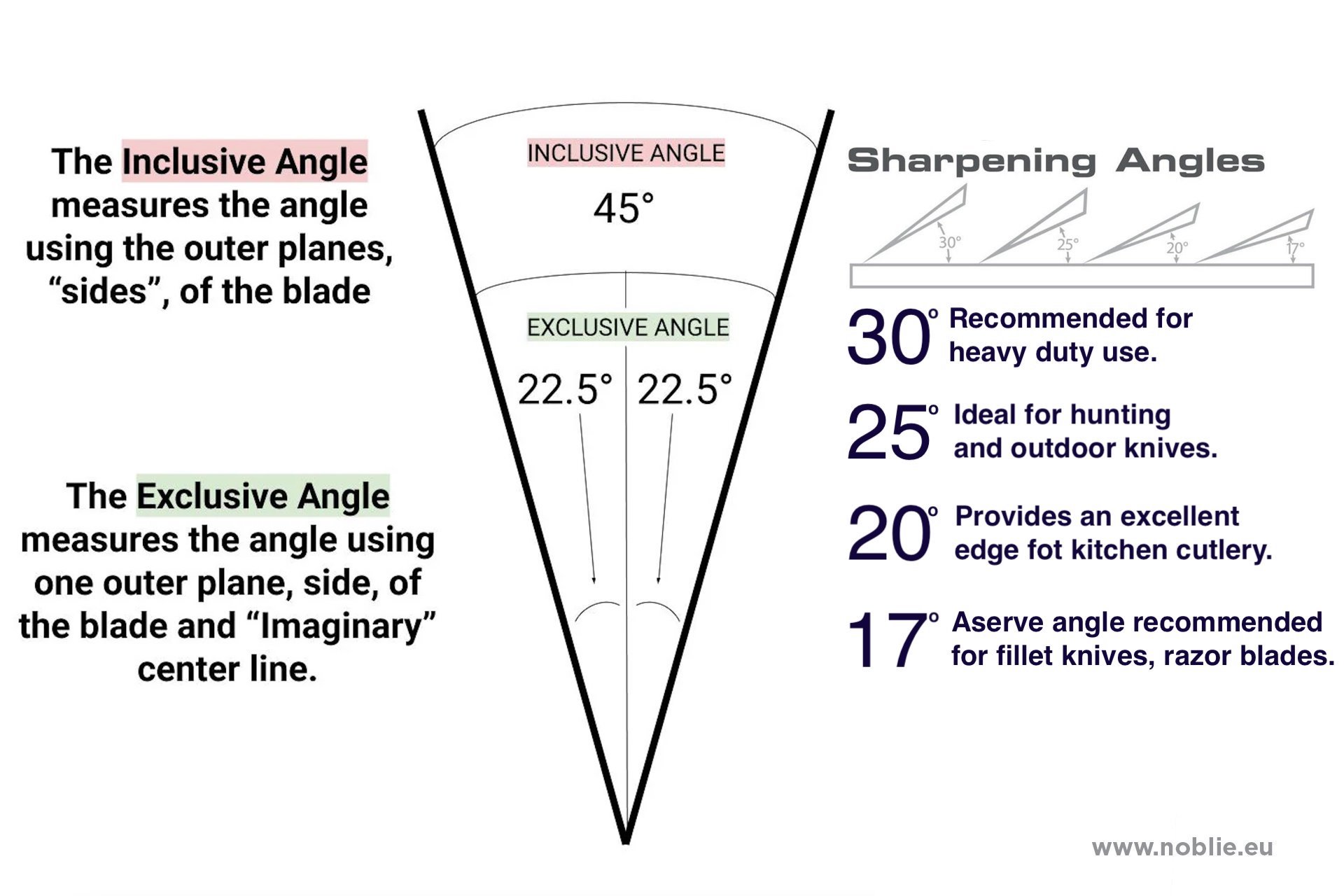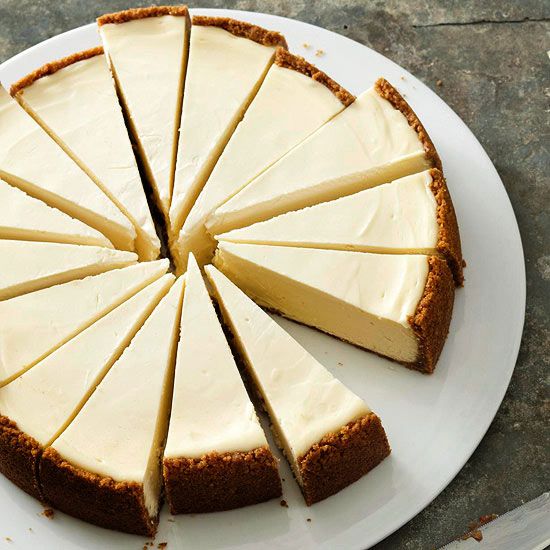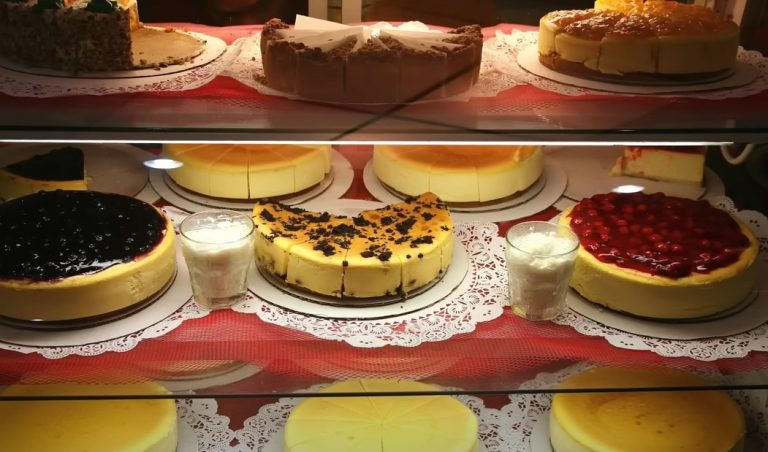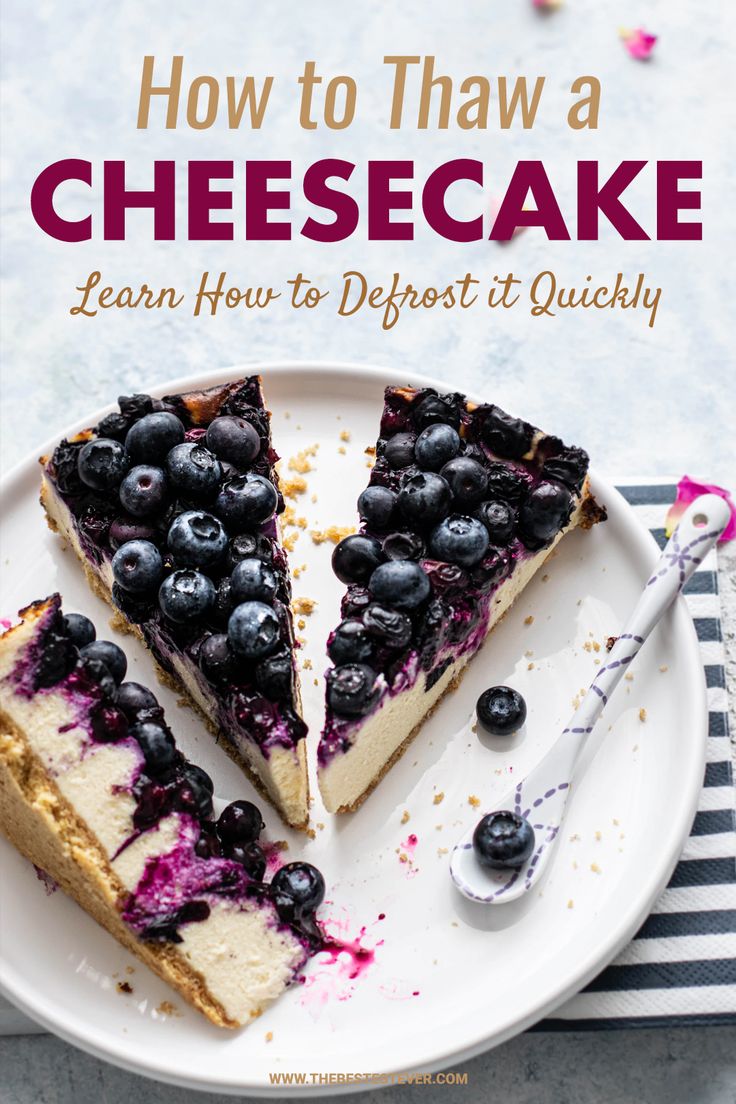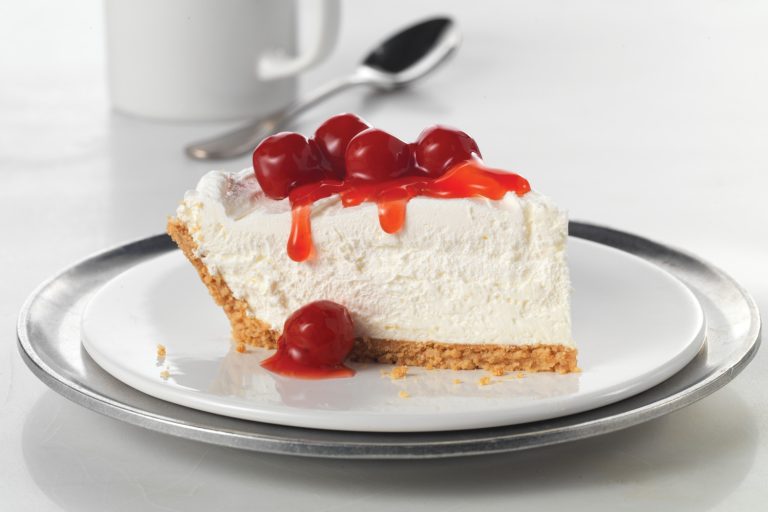What is the Best Angle to Sharpen a Knife? Expert Guide
What is the best angle to sharpen a knife? The best angle to sharpen a kitchen knife is typically between 15° and 20° per side. A 15° angle gives a sharper edge for precision cutting, while 20° offers more durability. Outdoor or heavy-use knives often use 20–25° for strength and edge retention.
A sharp knife is not just a tool; it’s an extension of your hand in the kitchen. But what’s the secret to achieving that perfect edge? It all comes down to the angle at which you sharpen your knife. Understanding this crucial detail can transform your cooking experience and enhance safety.
In this post, we’ll uncover the best angle for sharpening your knife, ensuring that every cut you make is precise and effortless. Stay with us to discover how to elevate your culinary skills with a razor-sharp blade.
Credit: neurocirugiachile.org
What is the Best Angle to Sharpen a Knife?
Basics Of Knife Angles
The angle at which you sharpen a knife influences its performance. Different angles serve different purposes. Understanding the basics of knife angles can help you achieve the desired sharpness. Whether slicing vegetables or cutting meat, the right angle ensures efficiency and precision.
Understanding Knife Angles
Knife angles determine the sharpness and durability of the blade. A steeper angle creates a sharper edge. This is ideal for precise cutting tasks. A wider angle offers more durability. Suitable for heavy-duty cutting jobs.
Common Knife Sharpening Angles
Most kitchen knives are sharpened at 15 to 20 degrees. This angle provides a balance between sharpness and durability. For hunting or pocket knives, 25 to 30 degrees is common. This angle ensures the blade withstands tough conditions.
Consider the knife’s purpose before selecting an angle. For delicate cuts, choose a sharper angle. For durable edges, opt for a wider angle. This decision impacts the knife’s performance significantly.
Tools For Achieving Angles
Several tools help maintain proper angles. Sharpening stones are popular for home use. They allow control over the angle. Electric sharpeners are convenient. They automatically adjust to the right angle. Angle guides help beginners. They ensure consistent results.
Common Sharpening Angles
Sharpening a knife involves choosing the right angle. This is crucial for maintaining the blade’s effectiveness. Different angles suit different types of knives. Understanding common sharpening angles helps achieve optimal results.
20-degree Angle
A 20-degree angle is popular for kitchen knives. It offers a balance between sharpness and durability. Most home cooks prefer this angle. It provides a sharp edge for everyday use.
15-degree Angle
Professional chefs often use a 15-degree angle. It offers superior sharpness for precision cutting. This angle is ideal for slicing and dicing. It requires careful maintenance to prevent damage.
25-degree Angle
Outdoor knives benefit from a 25-degree angle. It ensures durability for rugged tasks. This angle suits hunting and camping knives. It withstands harsh conditions without losing sharpness.
30-degree Angle
A 30-degree angle is common for heavy-duty knives. It provides strength for chopping and cutting tough materials. This angle is suitable for knives used in construction and gardening. It prioritizes durability over sharpness.
Choosing the right angle depends on the knife’s use. Consider the tasks the knife will perform. Each angle offers unique benefits tailored to specific needs.
Choosing The Right Angle
Choosing the right angle to sharpen a knife can feel daunting. Different tasks require different angles for optimal performance. A well-sharpened knife enhances both safety and efficiency. Let’s explore how to find the best angle for your needs.
Understanding Knife Angles
Knife angles vary based on the knife’s purpose. A smaller angle creates a sharper edge. A larger angle offers more durability. Understanding these differences helps in choosing wisely.
Common Knife Sharpening Angles
Most kitchen knives sharpen at 15 to 20 degrees. This range provides a balance of sharpness and strength. Professional chefs often prefer a 15-degree angle for precision cutting.
Different Angles For Different Needs
Thicker knives, like cleavers, need a 25-degree angle. This ensures they withstand tough cutting tasks. Pocket knives, used for general purposes, often sharpen at 20 degrees.
How To Choose The Right Angle For Your Knife
Consider the knife’s use before selecting an angle. A filleting knife benefits from a sharper angle. A utility knife may require more durability. Personal preference also plays a role in your choice.
Maintaining The Chosen Angle
Consistent maintenance keeps your knife effective. Use a sharpening guide or tool for accuracy. Regular honing maintains the edge between sharpenings. Proper care prolongs the knife’s life and performance.
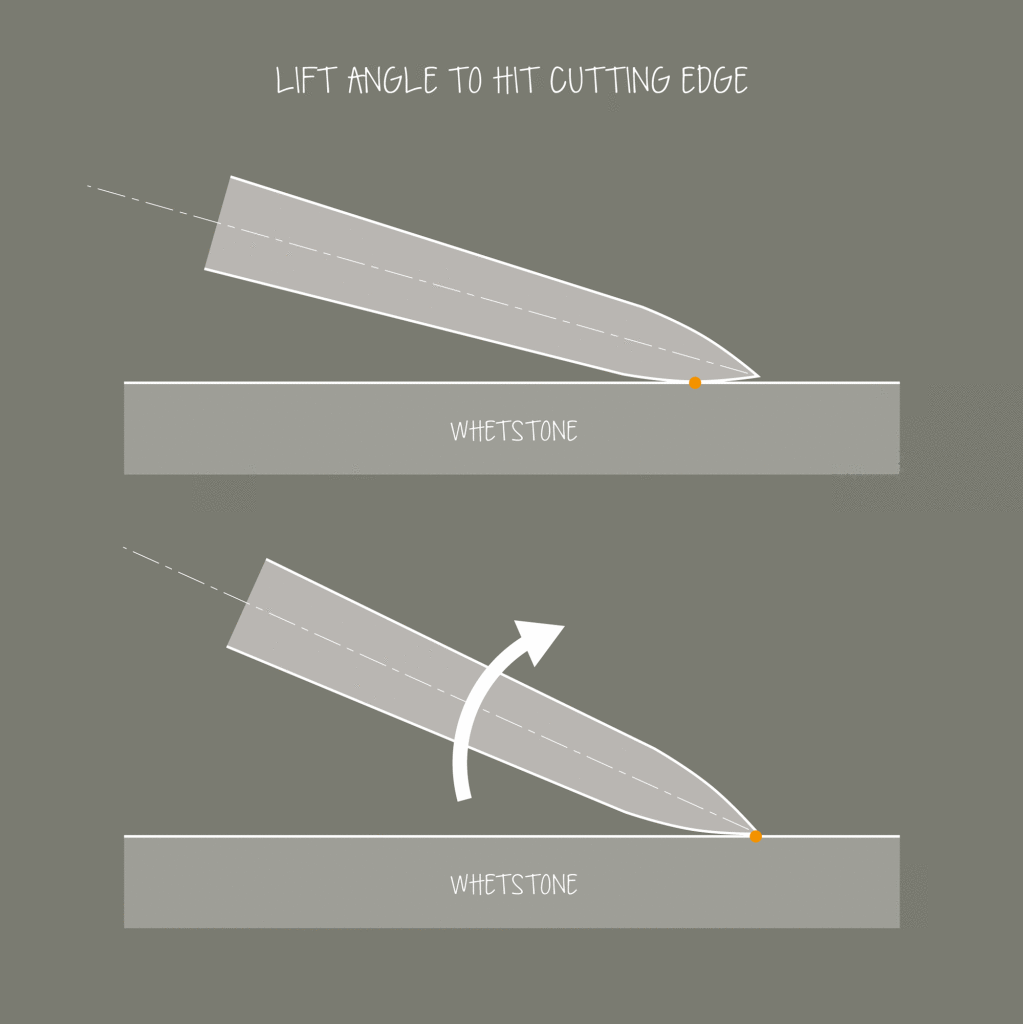
Credit: togknives.com
Tools For Precise Angles
Sharpening a knife requires precision. Getting the right angle is crucial. Tools designed for this task make it easier. They help maintain consistent angles. This ensures knives are sharp and effective. Let’s explore some tools for precise angles.
Knife Sharpening Guides
Knife sharpening guides hold the knife steady. They set the blade at a fixed angle. This ensures a uniform edge. Guides are simple and easy to use. Perfect for beginners wanting a sharp knife.
Angle-control Sharpening Systems
Angle-control systems offer adjustable settings. Users can pick their desired angle. These systems feature clamps and rods. They keep blades at the chosen angle. Ideal for those seeking precision.
Digital Angle Finders
Digital angle finders measure angles accurately. They display readings on a digital screen. Users can check the angle as they sharpen. This tool ensures exact sharpening results. Great for tech-savvy knife enthusiasts.
Whetstones With Angle Guides
Whetstones with angle guides offer dual benefits. They provide a sharpening surface. Guides help maintain the correct angle. This combination ensures effective sharpening. Whetstones are versatile and widely used.
Maintaining Sharpness
Sharpening a knife at a 20-degree angle is ideal for most kitchen tasks. This angle provides a good balance between sharpness and durability. It is suitable for everyday use, ensuring your knife stays effective and long-lasting.
Maintaining the sharpness of your knife is crucial for efficiency and safety in the kitchen. A sharp knife not only makes your cooking process smoother but also minimizes the risk of accidents. So, understanding how to maintain sharpness is as important as knowing the best angle to sharpen a knife.
Understanding The Right Angle
Choosing the right angle for sharpening is the first step in maintaining sharpness. Most kitchen knives are best sharpened at a 15 to 20-degree angle. This range offers a balance between sharpness and durability. If you go too steep, like 10 degrees, the edge might become razor-sharp but prone to chipping. On the other hand, a wider angle, around 30 degrees, can make the blade last longer but won’t cut as efficiently.
Sharpening Frequency
How often should you sharpen your knife? It depends on usage. A home cook might sharpen their knife every few months, while a professional chef may need to do it weekly. Pay attention to how your knife feels. If it struggles to slice through tomatoes or onions, it’s time to sharpen. Keeping a regular sharpening schedule based on usage can extend the life of your knife.
Tools For Maintaining Sharpness
Several tools can help maintain sharpness. A whetstone is a popular choice for many. It requires some skill but offers precise control over the sharpening angle. Honing rods are great for keeping your knife edge aligned between sharpening sessions. Electric sharpeners are user-friendly but might not offer the precision you desire.
Consistent Technique
Consistency in technique is vital for effective sharpening. Whether using a whetstone or an electric sharpener, maintaining a steady angle ensures even sharpening. Practice makes perfect. Initially, it might seem tricky to keep the angle consistent, but with time, you’ll master it. Your efforts will pay off with a knife that slices effortlessly through everything.
Storing Your Knife Properly
Proper storage also plays a role in maintaining sharpness. Avoid tossing your knife into a drawer where it can get nicked or dulled by other utensils. Consider using a knife block, magnetic strip, or blade guard. These options keep your knife protected and ready to use.
Engage With Your Knife
How often do you truly engage with your knife? Take a moment to feel its edge, weight, and balance. Understanding your tool can lead to better sharpening habits. Notice how it performs with different foods. This awareness will guide you in maintaining its sharpness and choosing the right angle. Have you ever had a knife that felt like an extension of your hand? That’s the goal when you maintain its sharpness effectively. How will you apply these insights to your kitchen routine?

Credit: www.youtube.com
Frequently Asked Questions
What Knife Angle Is The Sharpest?
The sharpest knife angle ranges between 15 to 20 degrees. This angle offers excellent cutting precision. It provides a balance between sharpness and durability, ideal for slicing tasks. Regular sharpening maintains effectiveness, ensuring optimal performance for various kitchen needs.
How Do I Know If My Knife Is 15 Or 20 Degrees?
Check the manufacturer’s specifications or use a knife angle guide. Most Western knives are 20 degrees, while Japanese knives are often 15 degrees. Measure with a protractor or consult a professional if uncertain. Proper angle knowledge ensures effective sharpening and maintenance.
Do You Push Or Pull When Sharpening A Knife?
Push the knife across the sharpening stone. Maintain a consistent angle for optimal sharpness. Use even pressure throughout the stroke. Repeat on both sides for balanced sharpness. Always prioritize safety and precision.
Conclusion
Finding the right angle sharpens your knife effectively. A sharper knife cuts better, making kitchen tasks easier. Most knives perform well at 20-degree angles. This angle offers a balance between sharpness and durability. Specialty knives may need different angles. Experiment with angles to find the best fit.
Consistent sharpening keeps your knife ready for use. Use quality sharpening tools for optimal results. Regular maintenance extends your knife’s life. Keep your knives sharp, and enjoy smooth, effortless cutting. Happy cooking!
Related Article
- What Length Chef Knife? Find Your Perfect Fit Today!
- 7 Best 10 Inch Breaking Knife: Top Picks for Precision and Durability
- Best Rambo Knife: Top Picks for Survival and Adventure Enthusiasts
- Best Tanto Folding Knife: Discover Top Picks for Ultimate Precision and Durability
- Best Professional Vegetable Knife: Elevate Your Culinary Skills Today!
- Best Pruning Knife: Top Picks for Effortless Gardening in 2023

